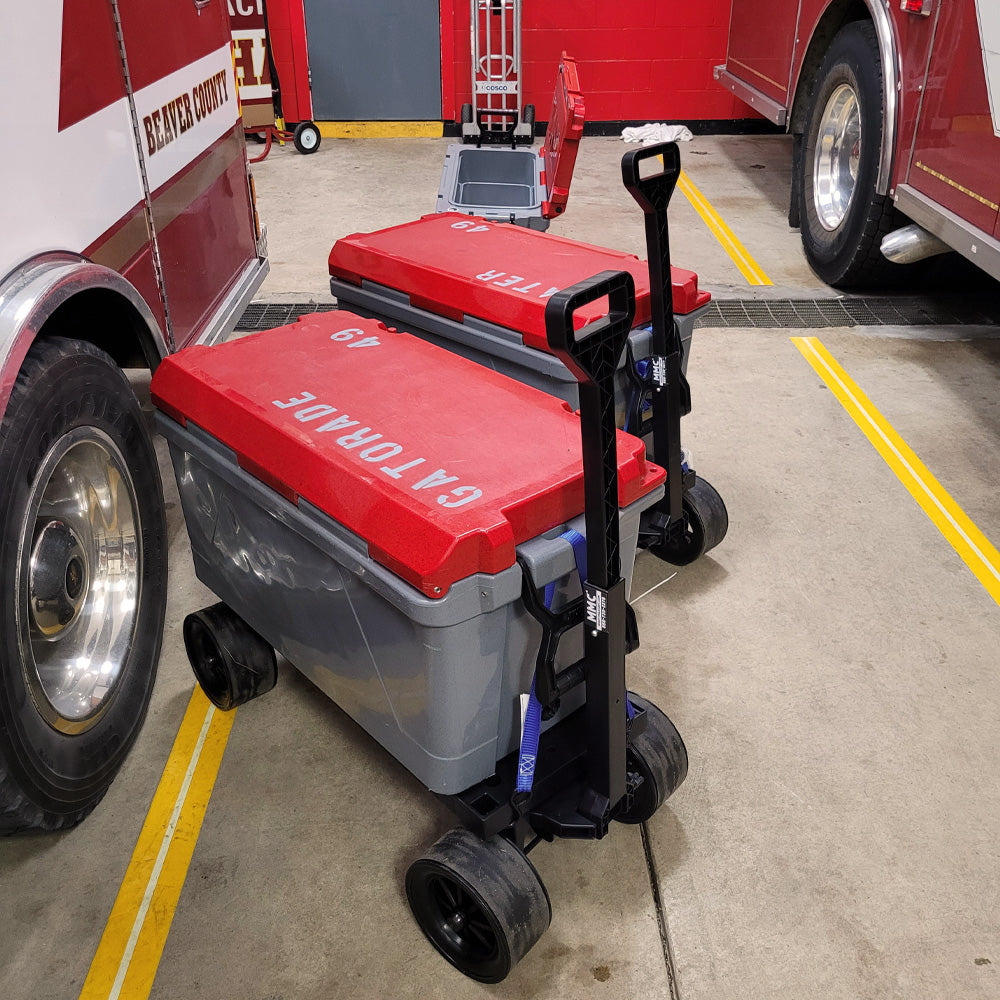
Embark on the delightful journey of gardening with our beginner-friendly guide to creating a summer vegetable oasis. This blog post is your quick-start manual to cultivating not just plants, but a new, green hobby that promises fresh flavors right from your garden to your table. Let’s grow together!

1.SELECTING THE IDEAL LOCATION
When setting up your summer vegetable garden, finding a location with full sun exposure is crucial for the health and productivity of your plants. Ensure your garden location receives 6-8 hours of direct sunlight by observing your yard’s daily sunlight availability to select the ideal spot. Avoid low spots where water can accumulate or areas shaded by large trees or buildings. If space is limited, consider raised beds or containers.
2.CHOOSING YOUR VEGETABLES
When selecting your vegetables, choose ones that love the heat and can handle long days of full sunlight. Some summer favorites include:
- Tomatoes: Choose varieties like ‘Beefsteak’ or ‘Cherry’ for their heat tolerance. Plant them deep, with two-thirds of the stem buried to encourage strong roots.
- Peppers: Opt for ‘Bell’ or ‘Jalapeno’ peppers. Space them about 18 inches apart in a sunny spot and stake them for support as they grow.
- Cucumbers: ‘Slicing’ or ‘Pickling’ cucumbers are great choices. Use a trellis to save space and keep them off the ground.
- Squash: ‘Yellow Crookneck’ and ‘Zucchini’ are prolific producers. Plant in mounds to improve drainage and prevent rot.
- Eggplants: ‘Black Beauty’ or ‘Japanese’ varieties do well in heat. Give them plenty of room to grow, about 24 inches apart.
Tip: You can mix in flowers such as marigolds- which discourage pests, attract pollinators, and add some color!

3. DESIGNING YOUR GARDEN LAYOUT
Designing your garden is about finding the right balance. Plan your layout by mapping out rows or grids that cater to the growth patterns of your plants. Utilize vertical structures for height and space efficiency and organize the garden into sections based on maintenance needs. This strategic approach ensures a garden that’s easy to maintain and visually appealing.
4. SOIL PREPARATION
Preparing your garden’s soil is a breeze with the right tools and techniques. Start by clearing the area of unwanted weeds and debris. Then, aerate your garden bed to about 12 inches deep to welcome new life. Mix in your chosen organic amendments like compost or aged manure to feed the soil. Tools like the Mighty Max Cart can simplify this step, allowing you to mix soil directly in its tub and transport it easily to your beds by using the cart’s wheelbarrow mode. This not only saves time but also reduces strain on your back.
5. PLANTING WITH CARE
To plant your seeds or seedlings, simply follow the guidelines for depth and spacing provided on the seed packets or plant tags. Taller plants like tomatoes should be placed on the north side so they don’t shade shorter plants. Use companion planting to your advantage; some plants grow better together, like carrots and onions.
6. MULCHING AND WATERING
Mulching is a crucial step in garden care, offering moisture retention, weed suppression, and soil health benefits. Apply a layer of organic mulch to give your garden a neat appearance and boost soil fertility as it breaks down. For an efficient mulching process, the Mighty Max Cart can also be handy for transporting heavy bags of mulch to your garden beds. Alongside mulching, regular watering is very important. Water your garden in the early morning or late afternoon to reduce evaporation and give the plants time to absorb moisture.

7. MONITOR FOR PESTS AND DISEASES
Stay vigilant in your garden by regularly checking for pests and diseases. Quick identification and organic interventions, such as beneficial insects, neem oil, or homemade insecticidal soap, can prevent issues from escalating. Promptly remove any plants that show signs of disease to protect the rest of your garden.
8. THE JOY OF HARVEST
Harvesting is the garden’s grand finale, where you enjoy the fresh, nutritious bounty of your labor. Share your bounty with friends and family or preserve it by canning, freezing, or drying. As your vegetables mature, harvest them regularly to encourage more production.
Remember, gardening is a learning process. Don’t be afraid to experiment and find what works best for you and your garden. With a little preparation and care, you can enjoy a bountiful summer vegetable garden that’s both delicious and satisfying. Here’s to a summer filled with growth, experimentation, and the simple pleasure of a garden that provides both sustenance and satisfaction. Happy Planting!













Comments (0)
Back to Mighty Max Cart Uses and Idea Blog